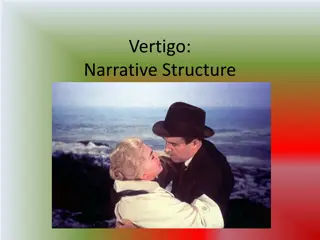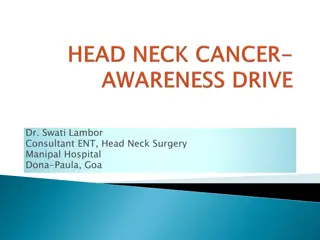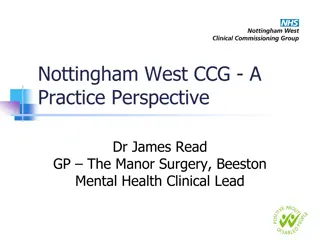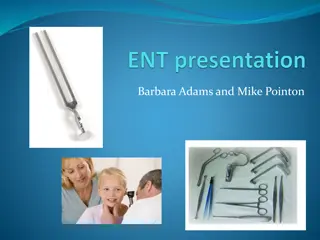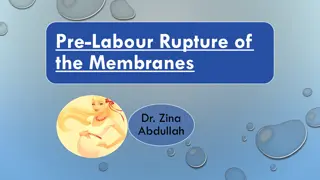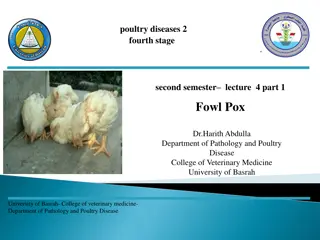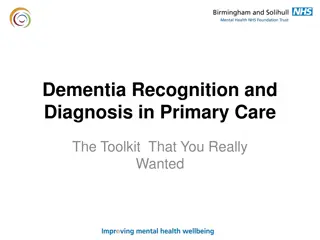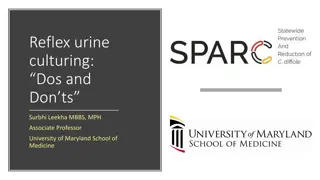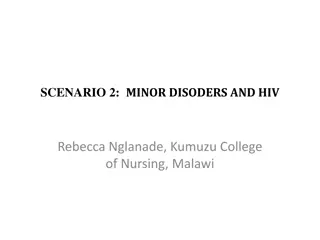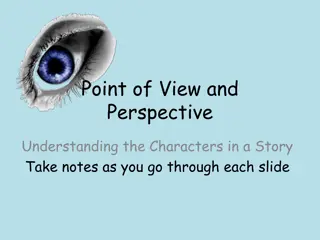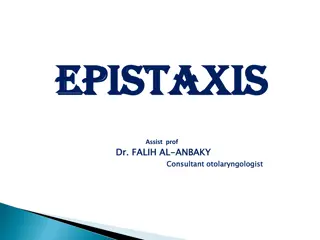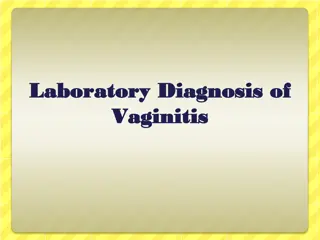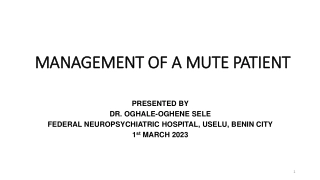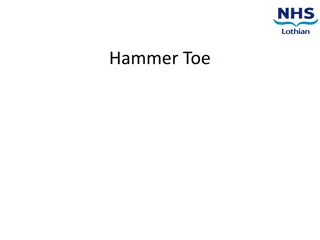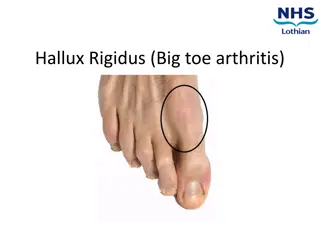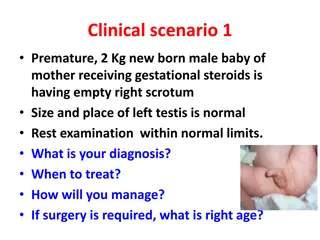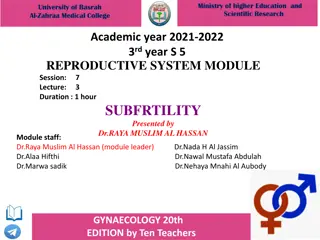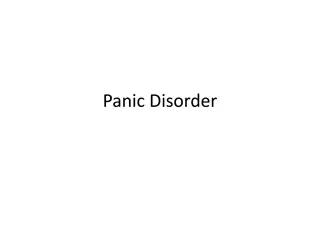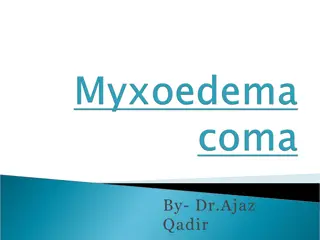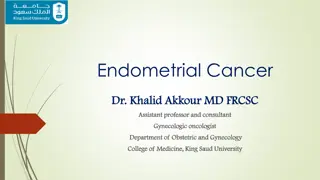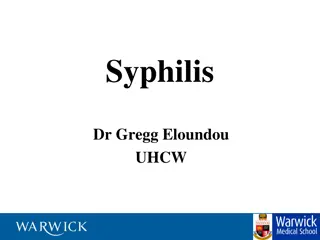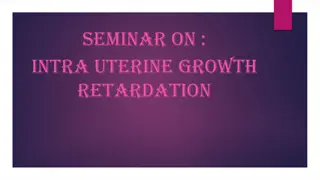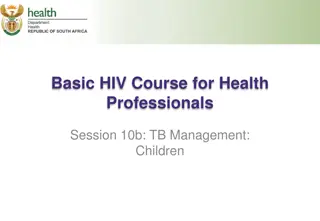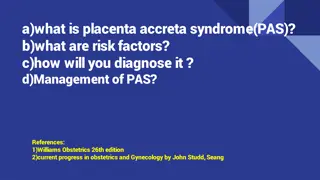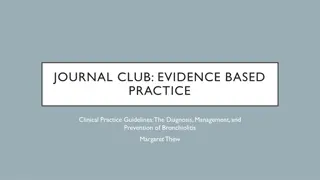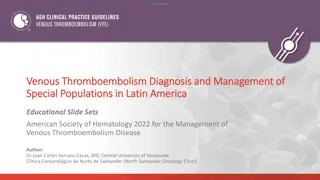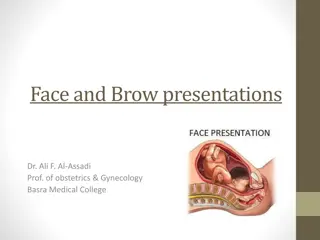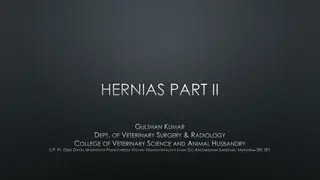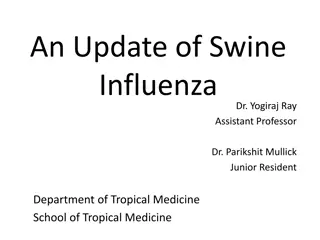Understanding Vertigo: ENT Perspective on Diagnosis and Management
Explore the comprehensive approach to diagnosing and managing vertigo from an ENT perspective, covering differential diagnoses, typical symptoms, key questions in patient history, and management plans for various conditions. Gain insights into the physiology of balance, inner ear functions, and clinical signs of vestibular problems.
Download Presentation

Please find below an Image/Link to download the presentation.
The content on the website is provided AS IS for your information and personal use only. It may not be sold, licensed, or shared on other websites without obtaining consent from the author. Download presentation by click this link. If you encounter any issues during the download, it is possible that the publisher has removed the file from their server.
E N D
Presentation Transcript
The Spire Hospital Leeds Vertigo with an ENT spin Hospitals NHS Trust The Leeds Teaching Gerard Kelly MD MEd FRCS(Ed) FRCS(ORL-HNS) ENT surgeon 17th April 2018
aims to discuss the management of the patient with vertigo from an ENT perspective
objectives give a differential diagnosis for a patient presenting with dizziness list the typical symptoms BPPV, vestibular neuritis, Meniere's syndrome, vestibular migraine, orthostatic hypotension, proprioceptive failure, brain stem CVA, MS note the key questions in the history of the dizzy patient design a management plan for these conditions
vertigo definition vertigo is the hallucination of movement
balance physiology brain central processor output input inner ear (vestibular, auditory) eyes proprioception - stretch receptors / somatosensory eyes posture muscles
balance inner ear balance system 3 balance canals
balance inner ear balance system 3 balance canals stabilize gaze
balance inner ear balance system 3 balance canals stabilize gaze the vestibulocular reflex
balance inner ear balance system 3 balance canals stabilize gaze the eyes are hard wired to work together the clinical sign of vestibular problems is nystagmus they eyes do the same movement
balance when the vestibular system goes wrong
balance symptoms and signs
balance symptoms and signs
nystagmus nystagmus is named in the direction of the fast movement R L
balance symptoms and signs
balance symptoms and signs
dizziness if the balance system fails the inner ears are not in equilibrium sensory conflict (somatosensory receptors and eyes tell the brain that we are not moving, but the vestibular system says that we are)
balance physiology brain central processor output input inner ear (vestibular, auditory) eyes proprioception - stretch receptors / somatosensory eyes posture muscles
Dr Oliver Lilys slide Persistent Postural Perceptual Dizziness Neurology ENT BPPV Vestibular Migraine Acoustic neuroma Labyrinthitis Multiple sclerosis Menieres CVA
history how long does it last associated symptoms when did it start relation to movement sensitivity to lights and sounds aggravating and relieving factors
history how long does it last? seconds BPPV minutes migraine, Meniere's, TIA hours vestibular neuronitis, migraine, Meniere s, CVA
history associated symptoms hearing loss fullness tinnitus Meniere s
history associated symptoms dysphasia, dysarthria, paralysis brain stem stoke
history relation to movement when you have a damaged labyrinth you do not want to move your head, when you are having a stroke probably makes no difference- your are sick what ever happens
history light / sound sensitive during attacks? migraine
history loud sound causes dizziness fistula now realise that this is a canal dehiscence
history light headed when getting up off a bed or a chair? postural hypotension the brachial artery is a big artery at the level of the heart the change in BP is very transient it will not be picked up by BP measurement older, medicated, diabetic, dys-autonomic, obese unfit
history go back to the first attack this will give you the diagnosis in a lot of cases
history blackouts with dizziness?
history blackouts with dizziness? not vestibular syncopal patient belongs where?
history blackouts with dizziness? not vestibular syncopal patient belongs where? cardiology
examination cranial nerve examination look at the ears hall pikes unterberger s romberg s
examination take off the patients shoes and socks test joint proprioception and vibrotactile sensation 128Hz tuning fork
vertigo investigation vertigo in isolation is rare sign of acoustic neuroma in a series of 1,358 patients none had acoustic neuromas Gandolfi MM, Reilly KR, Galatioto J, Judson RB, Kim AH. Cost-effective analysis of unilateral vestibular weakness investigation. Otol Neurotol (2015);36(2):277-81.
treatment BPPV, migraine, Meniere's, TIA, vestibular neuronitis, CVA, superior canal dehiscence
BPPV Epley manoeuvre
triggers for vestibular migraine barometric pressure weather changes hormonal fluctuations sleep variation stressors anxiety / depression
epidemiology lifetime prevalence of migraine: - 5.7-20% of males - 17.6-29% of females among migraine patients: - 27-33% report episodic vertigo - 28-72% report non-specific dizziness vestibular migraine approximately 1% of general population (5-10 times Meniere's disease)
dietary Changes food triggers sugar content timing of meals magnesium 200 mg BID B-2 supplementation 200 mg BID butterbur root 10 mg QD
DIET FOR THE MIGRAINE PATIENT Avoid Ripened Cheeses (Cheddar, Emmentaler, Gruyere, Stilton, Brie, and Camembert) Cheeses that are permitted: (American, Cottage, Cream and Velveeta) Licorice Herring Chocolate Vinegar (except white vinegar) Anything fermented, pickled or marinated Sour cream, yogurt Nuts, peanut butter, seeds (sunflower, sesame, pumpkin, etc.) Hot fresh breads raised coffeecakes and raised doughnuts. (These are permitted, if they are allowed to cool. Toast is permitted) Pods of broad beans (lima, navy, pinto, garbanzo and pea pods) Any foods containing large amounts of monosodium glutamate (Chinese foods) Onions Canned figs Citrus foods (no more than one serving per day: one orange, one grapefruit, one glass of orange juice) Bananas (no more than one-half banana per day) Raisins Papayas Pizza Excessive tea, coffee and cola beverages (no more than 2 cups total per day) Avocado Fermented sausage (processed meats such as bologna, salami, pepperoni, summer sausage, hot dogs and ham) Chicken livers Avoid all alcoholic beverages, if possible.
lifestyle Changes regular sleep stress management exercise oral contraceptive use
stepwise treatment of vestibular migraine step 1: institute a migraine diet step 2: tricyclic antidepressant (nortriptyline) -dose titration 10 50mg step 3: beta-blockers (atenolol) -dose titration 12.5 50mg step 4: neurologic consultation/other medical regimens Reploeg MD, Goebel JA Otol Neurotol 23:364-371, 2002
Menieres syndrome betahistine bendroflumethiazide intratympanic steroids, intratympanic gentamicin grommet endolymphatic sac decompression labyrinthectomy vestibular nerve section
vestibular neuritis vestibular sedatives used in the short term vestibular rehab
vestibular neuritis vestibular sedatives used in the short term vestibular rehab
examination ears cranial nerves proprioception, vibrotactile hall pikes (not just for BPPV)


